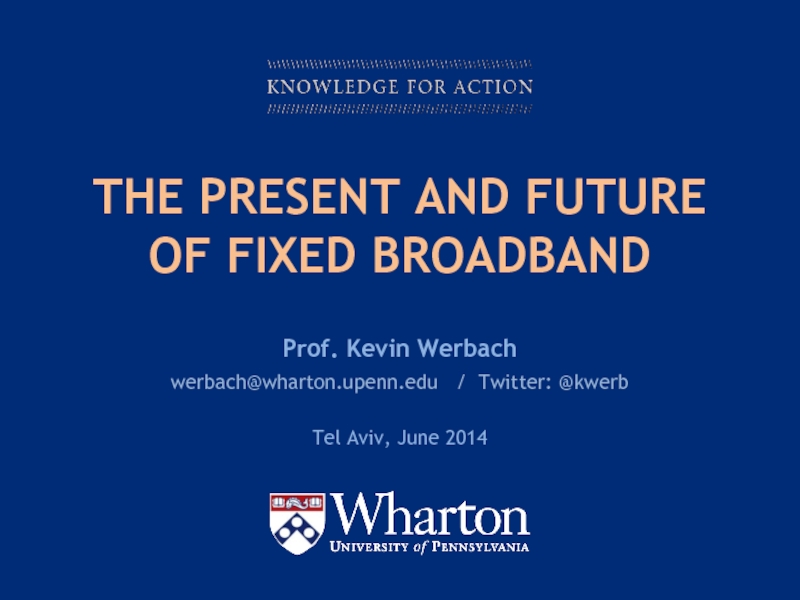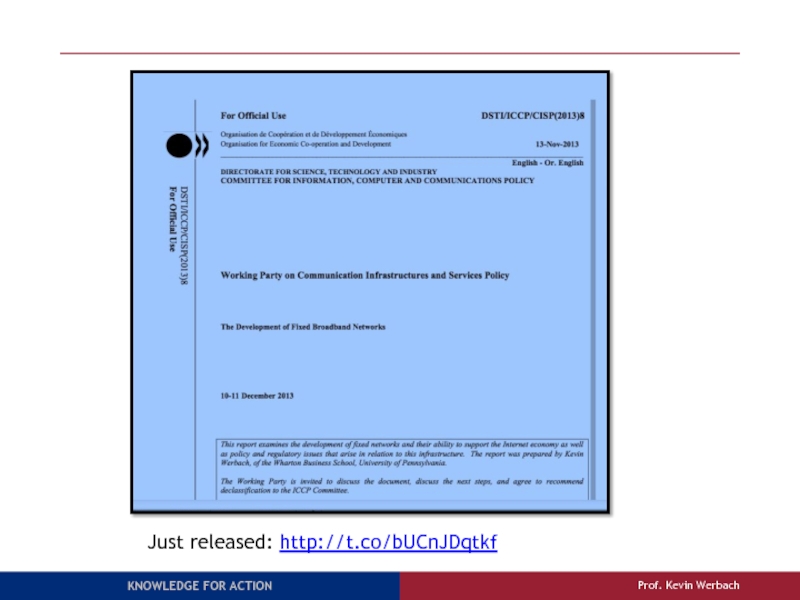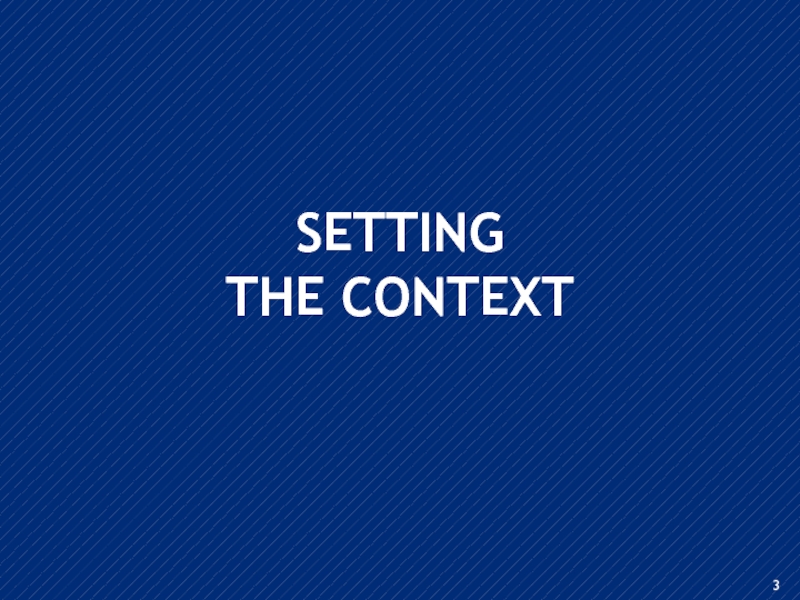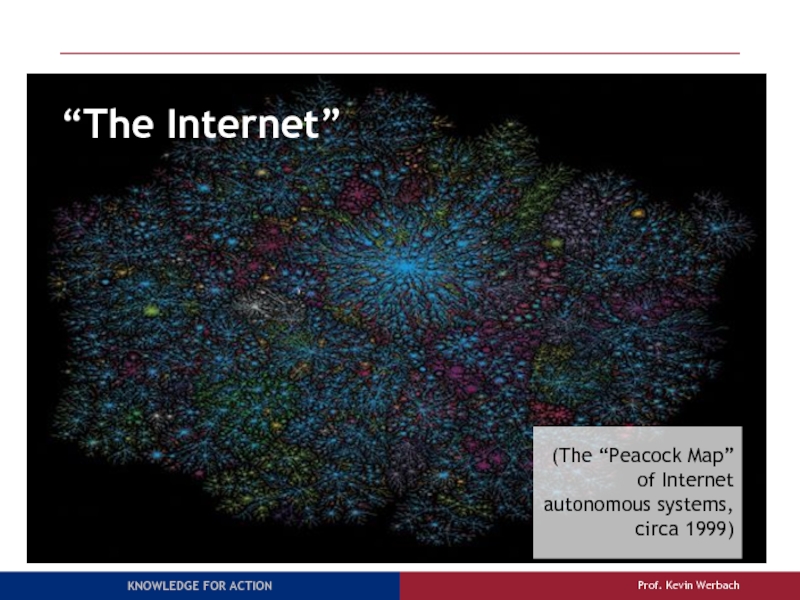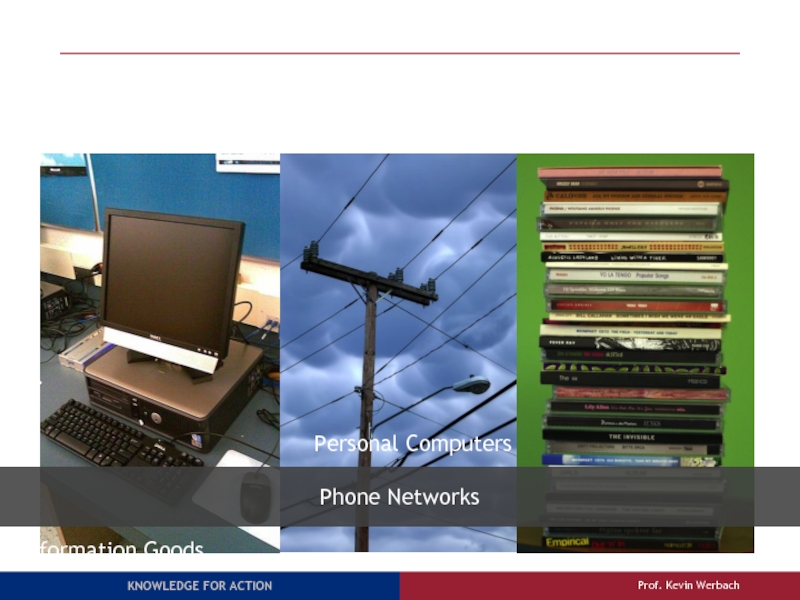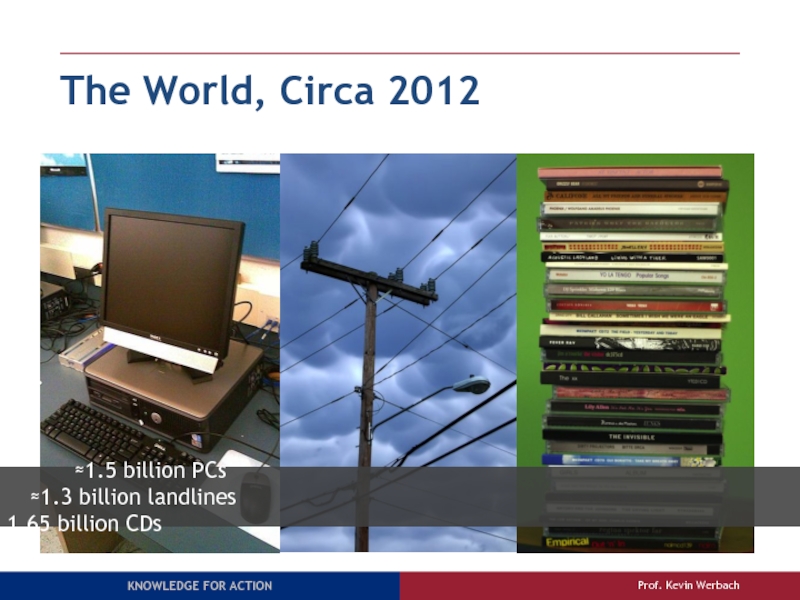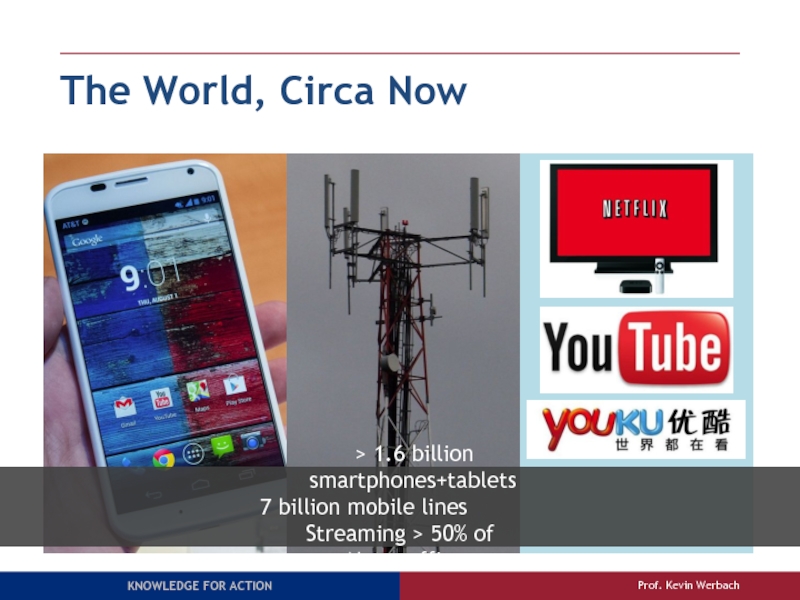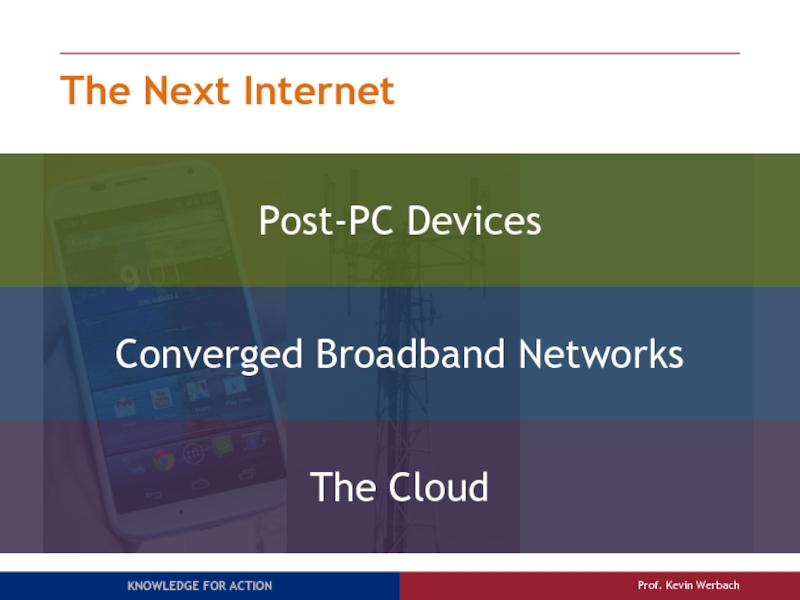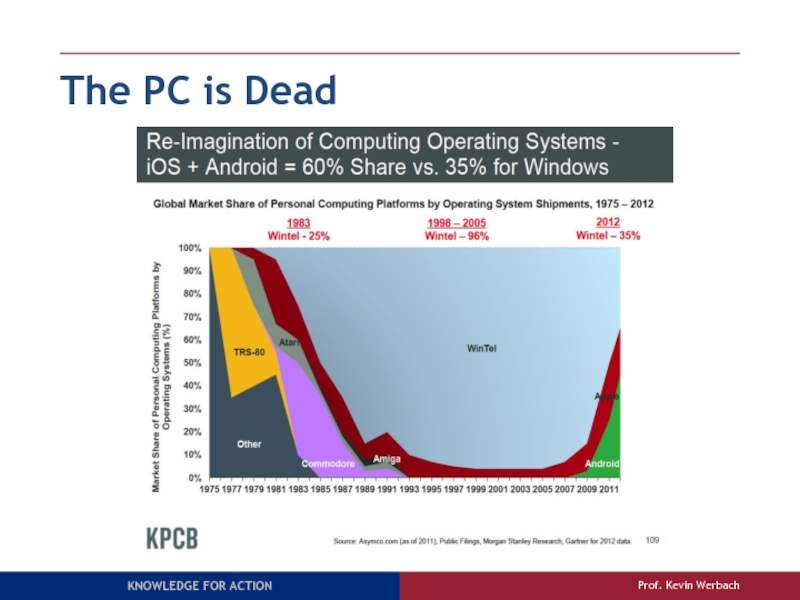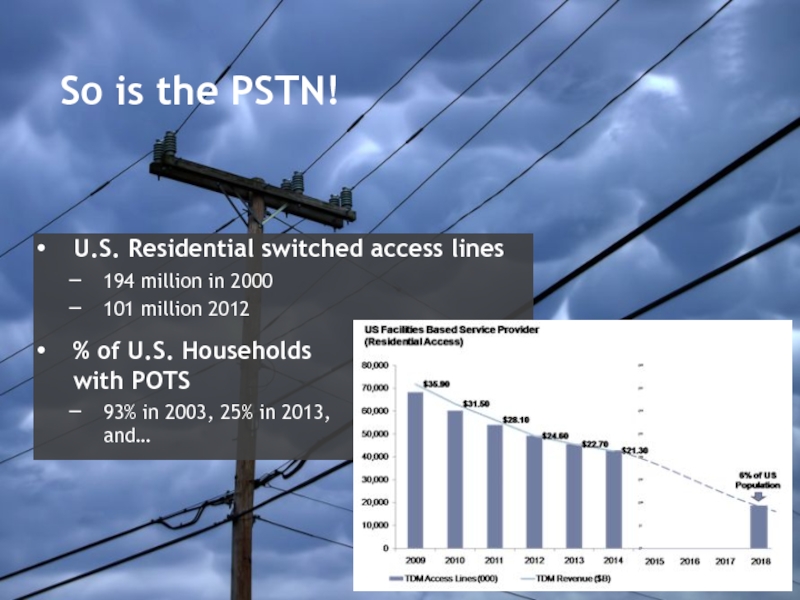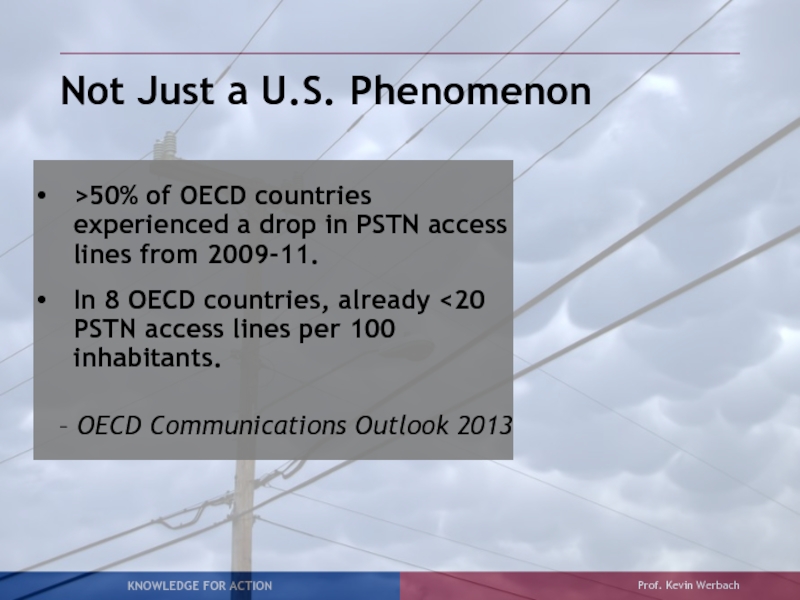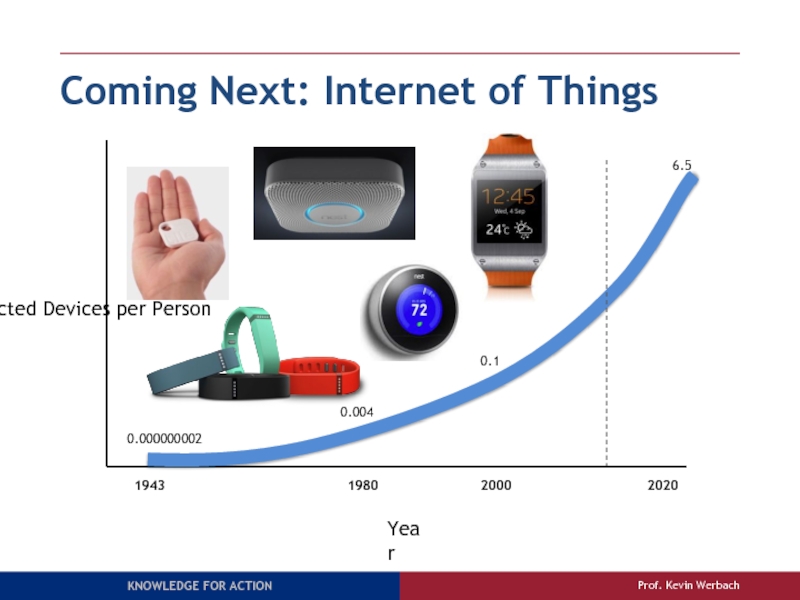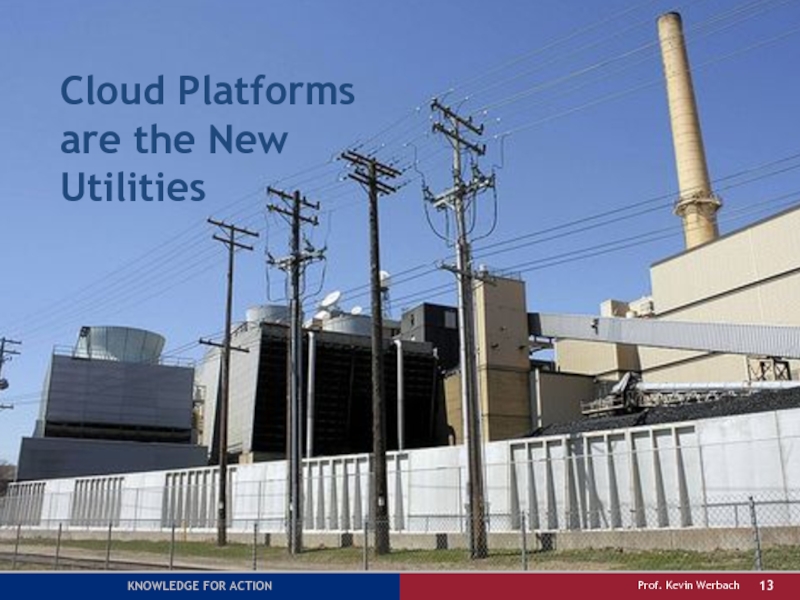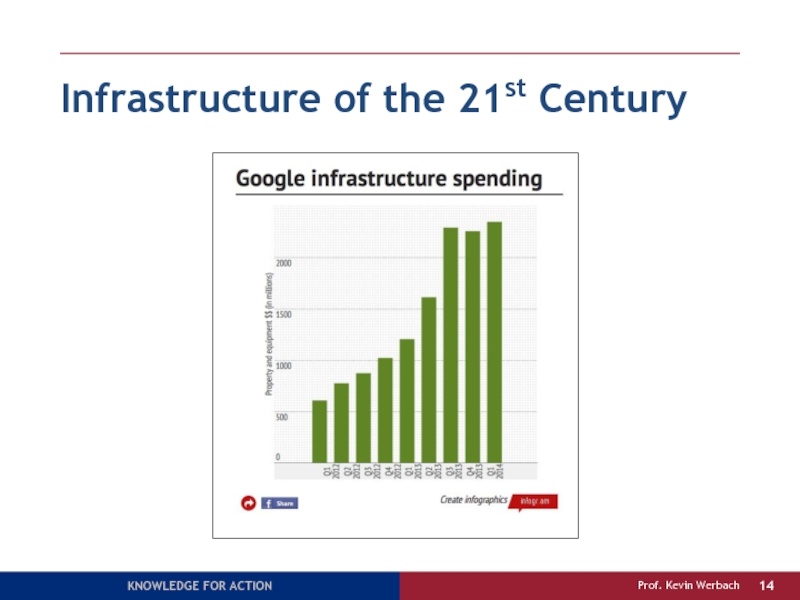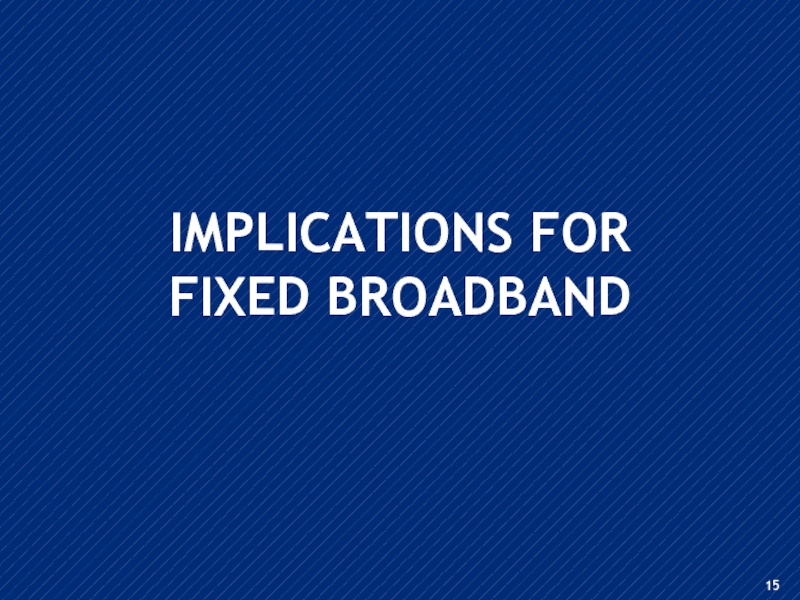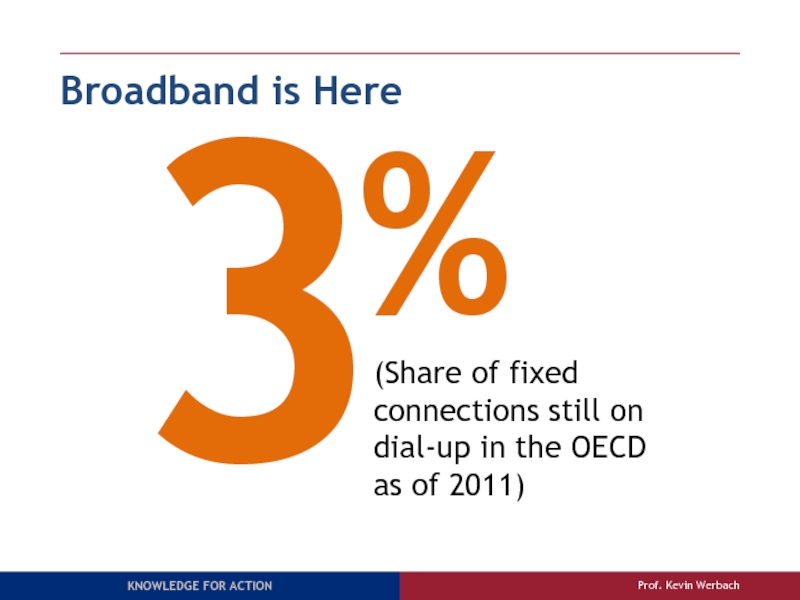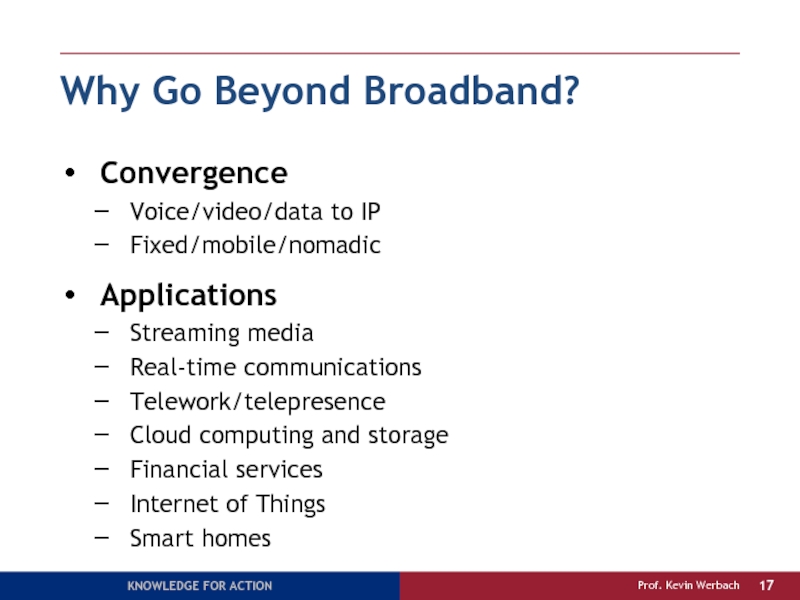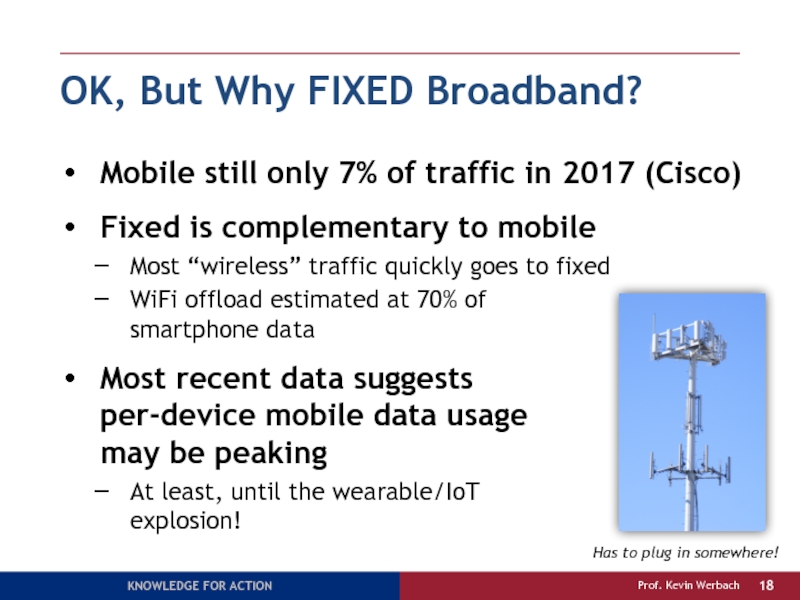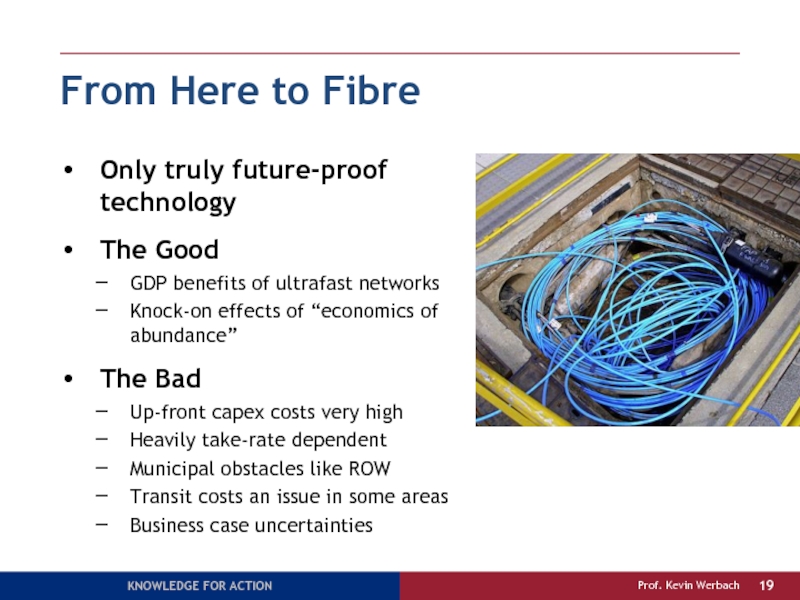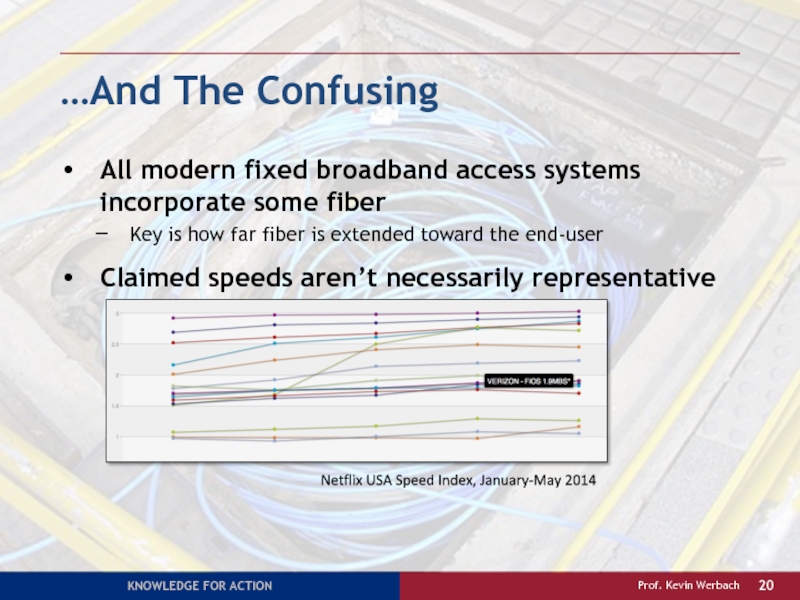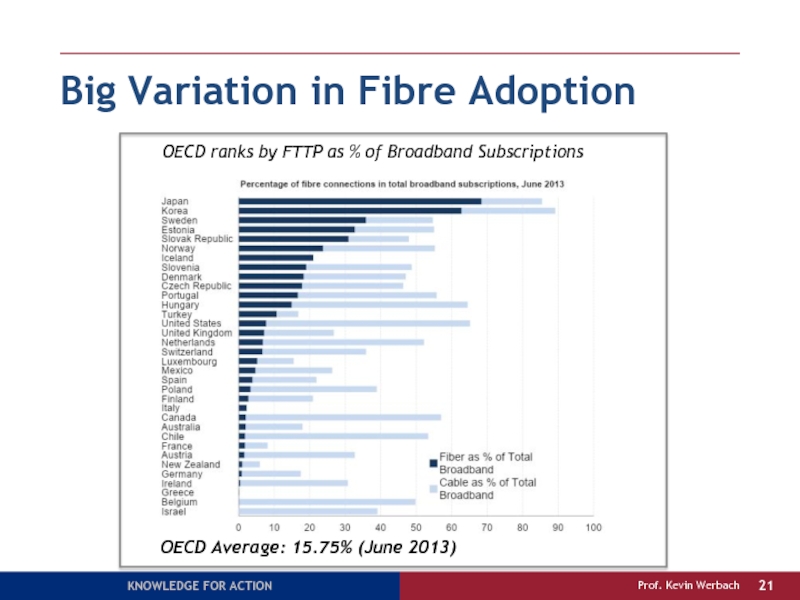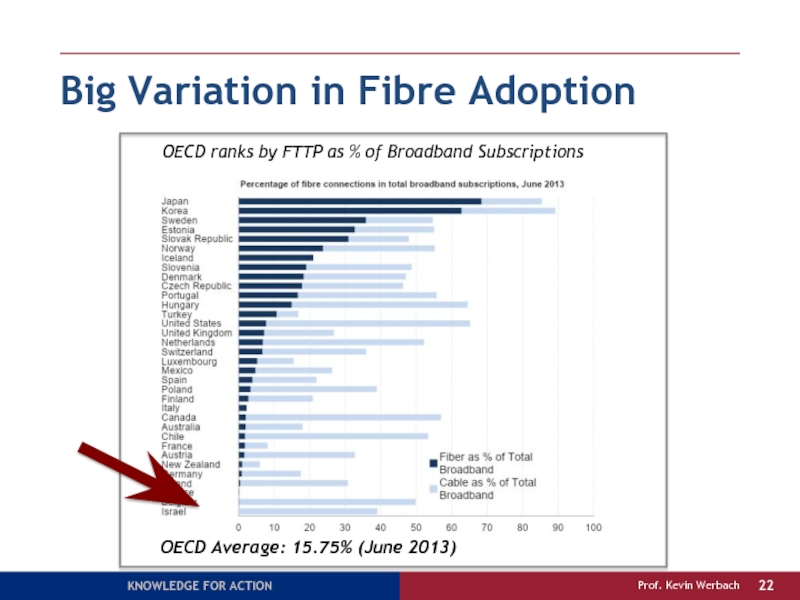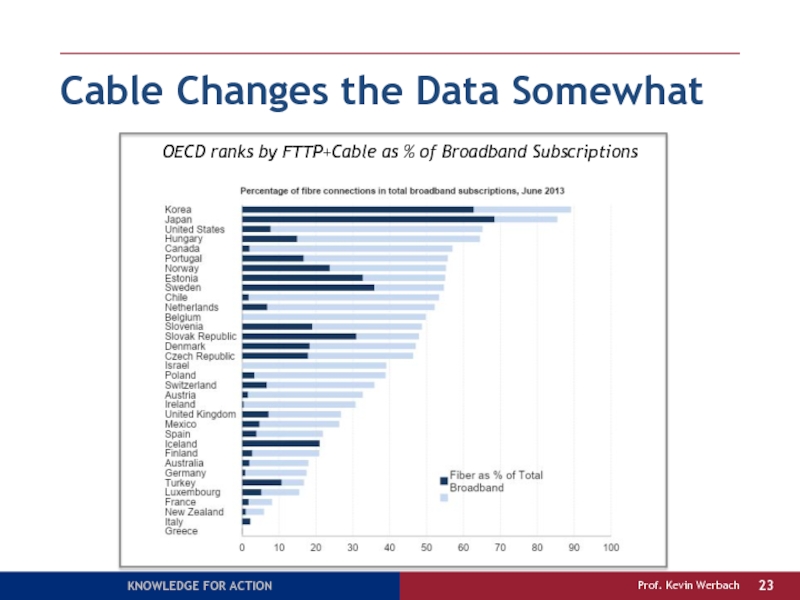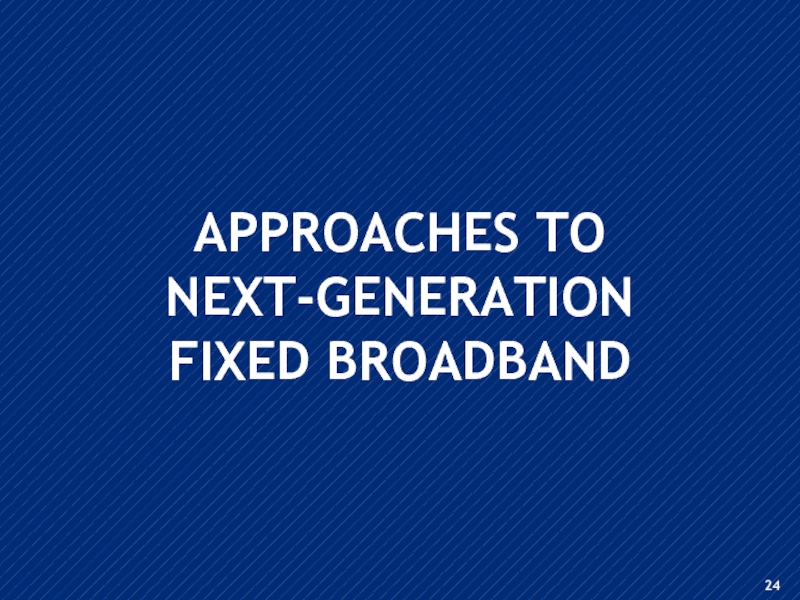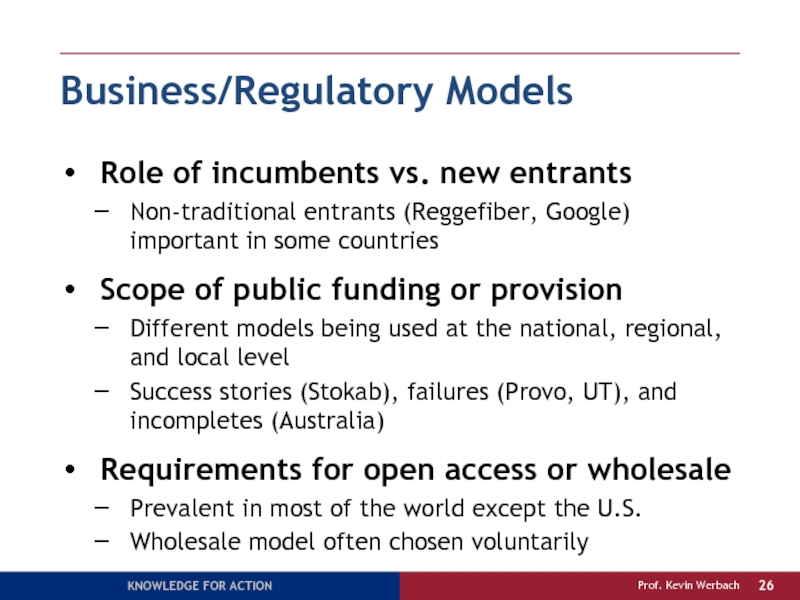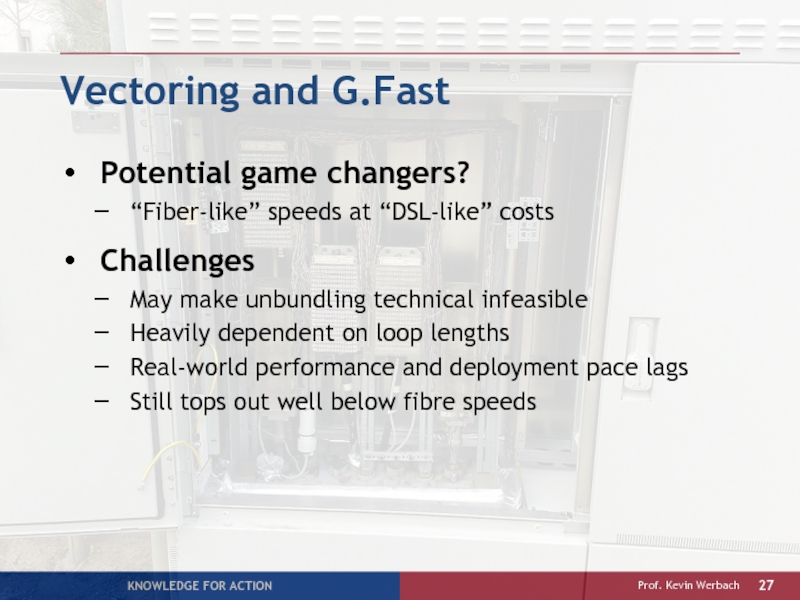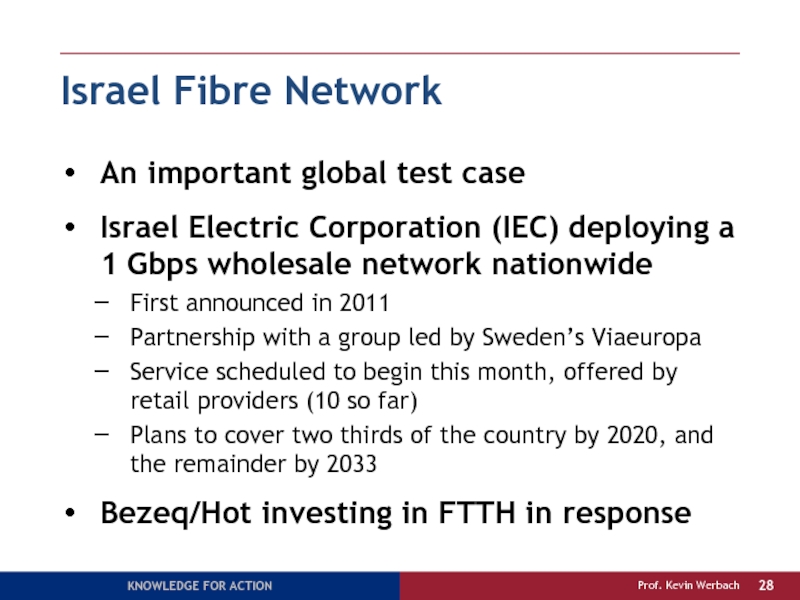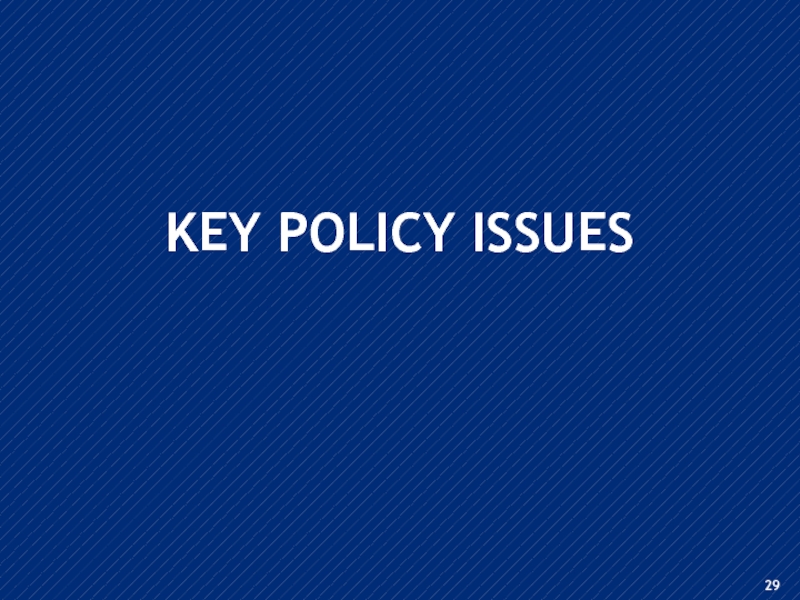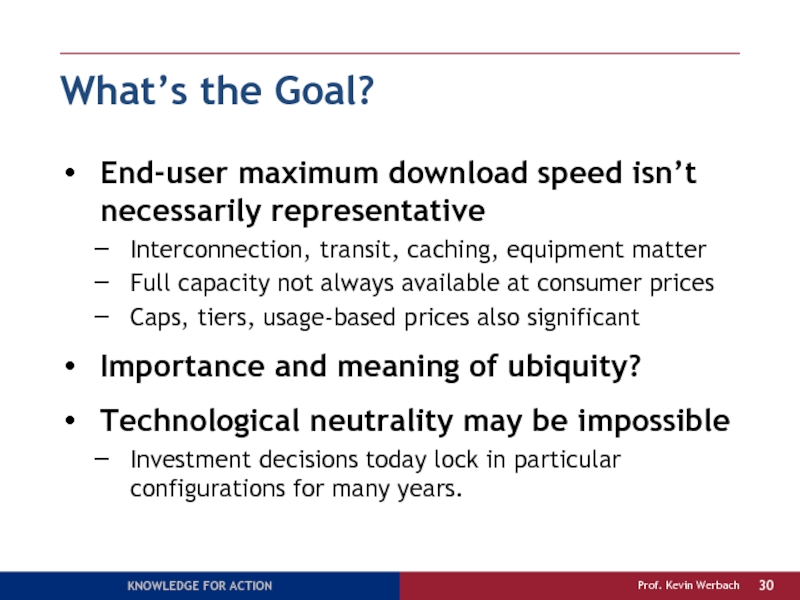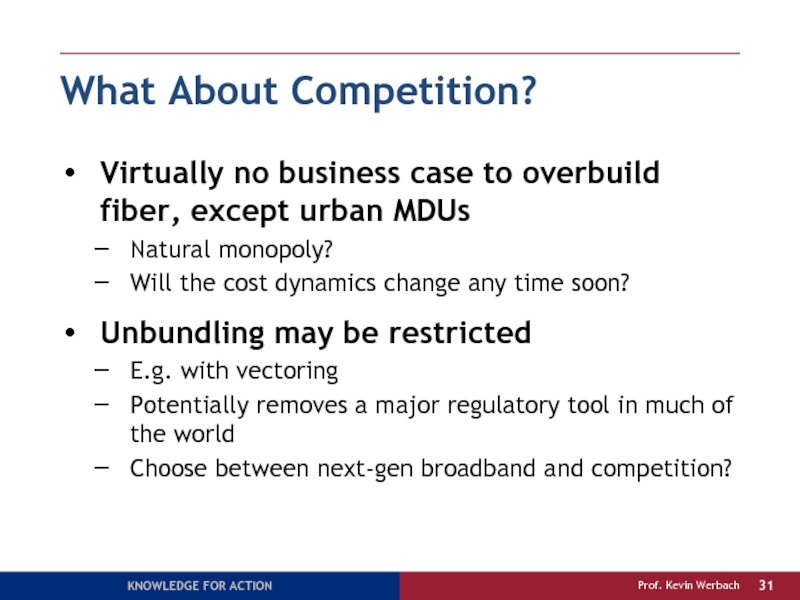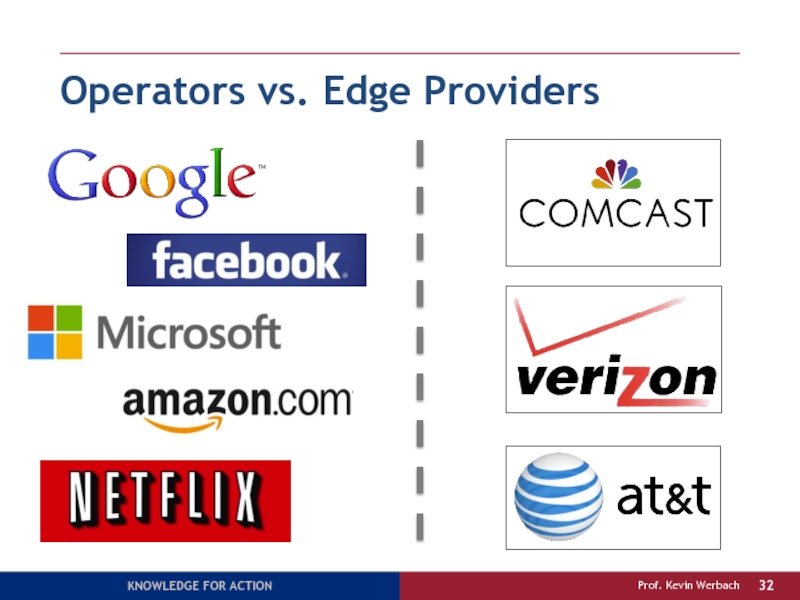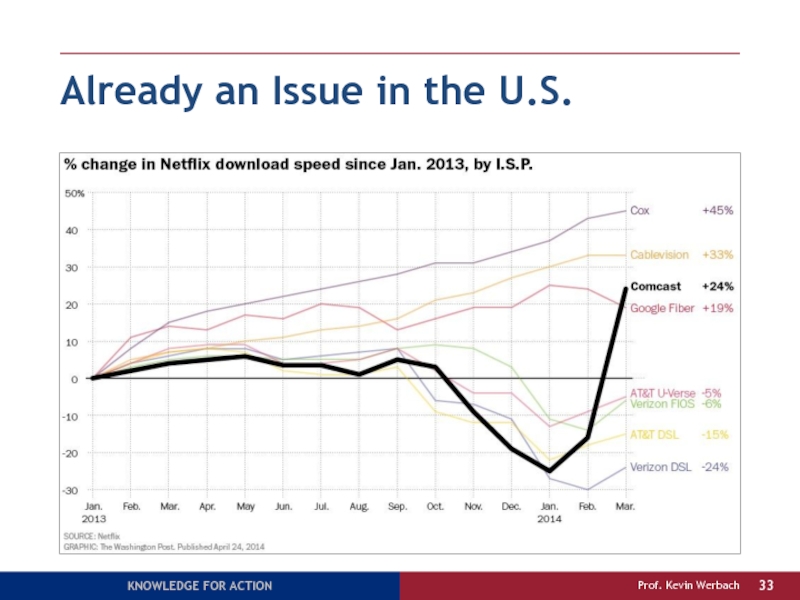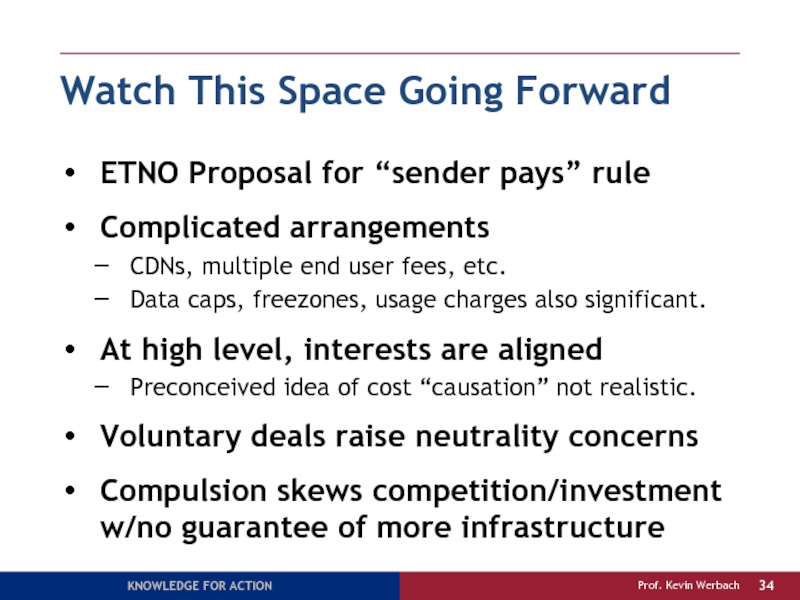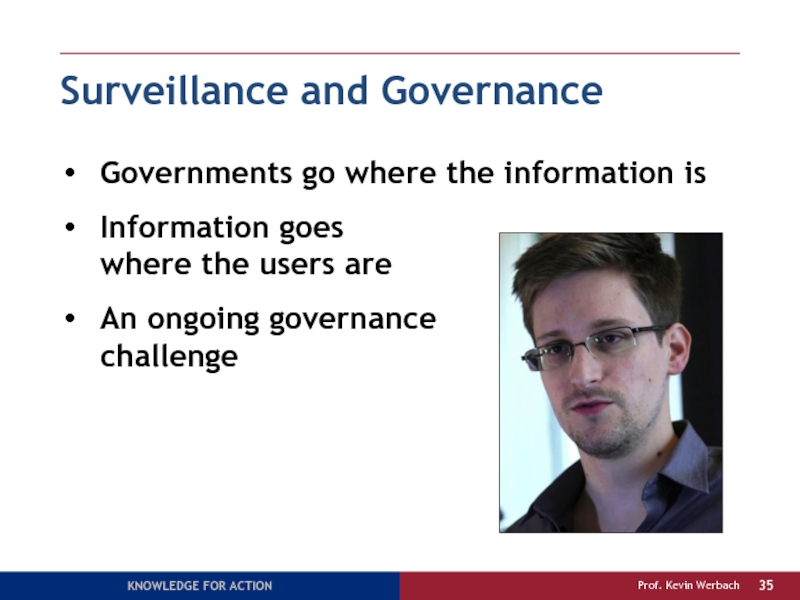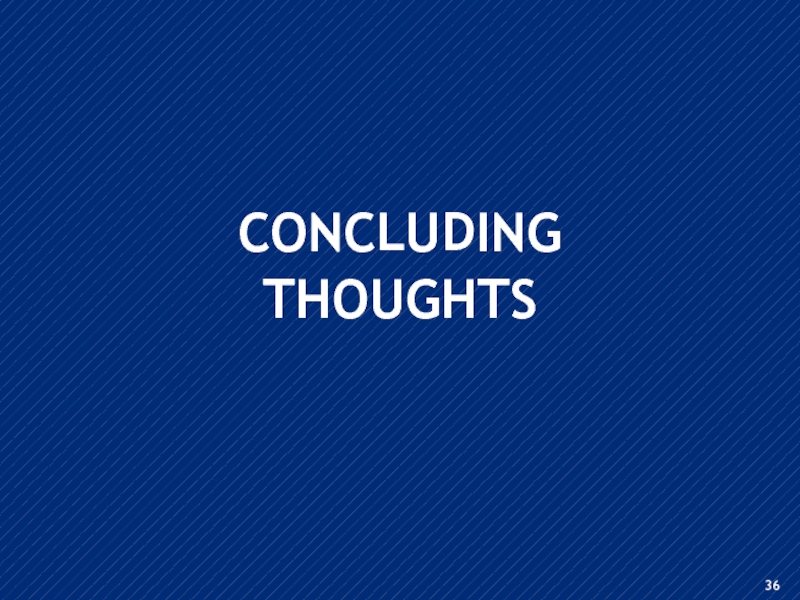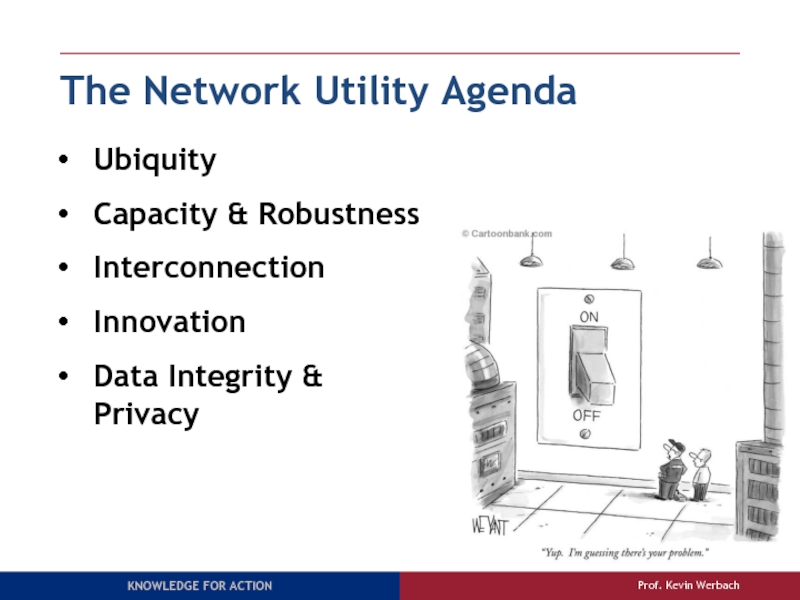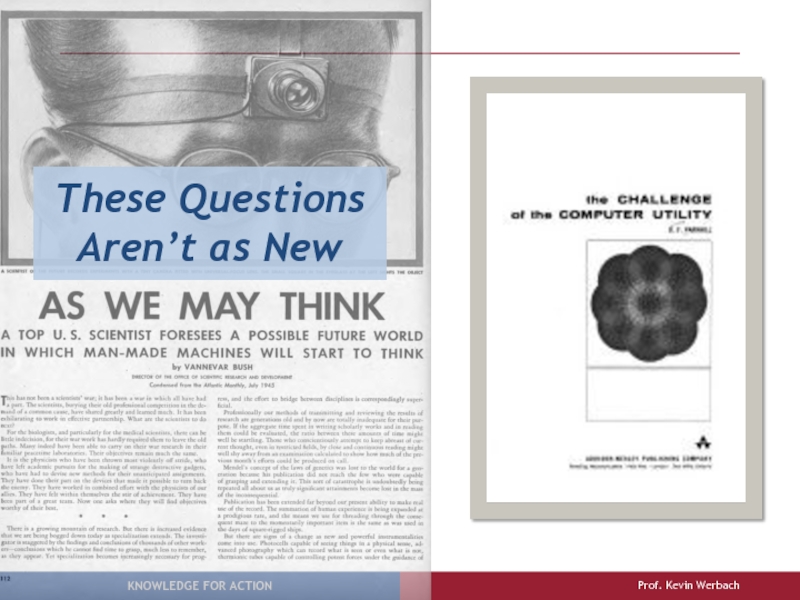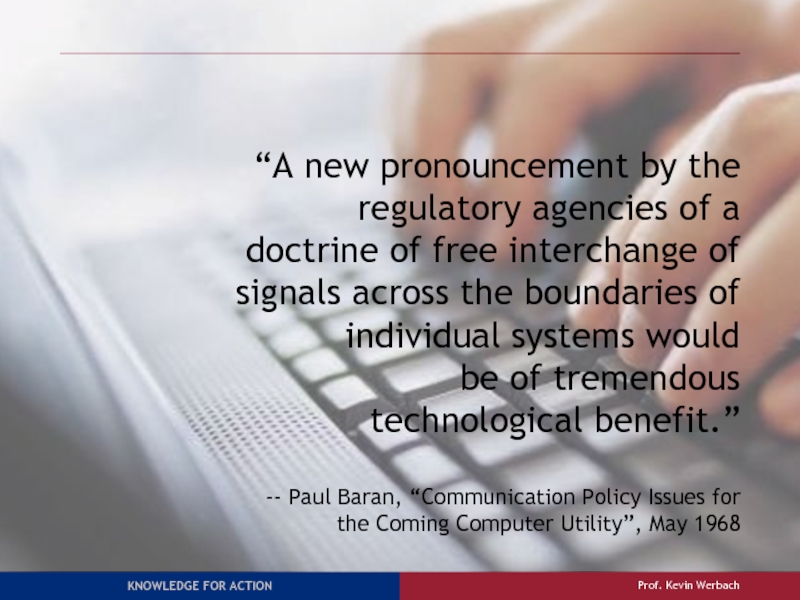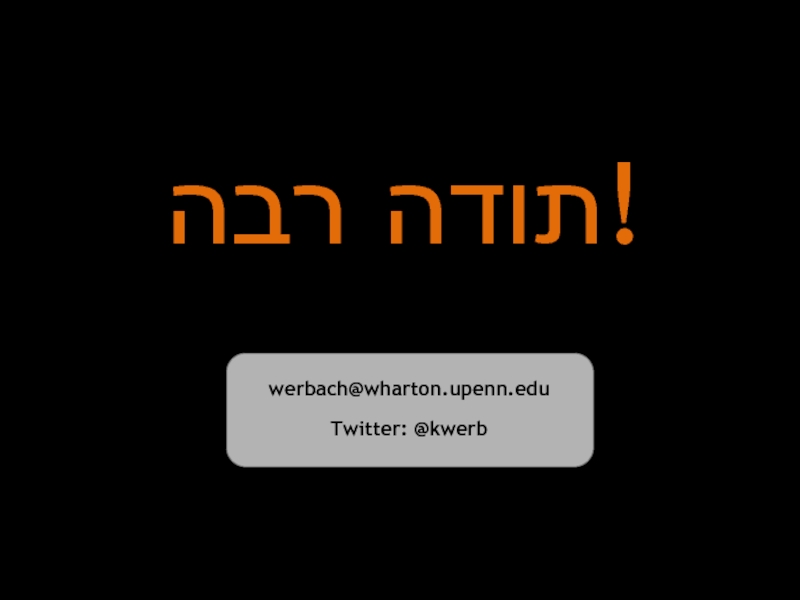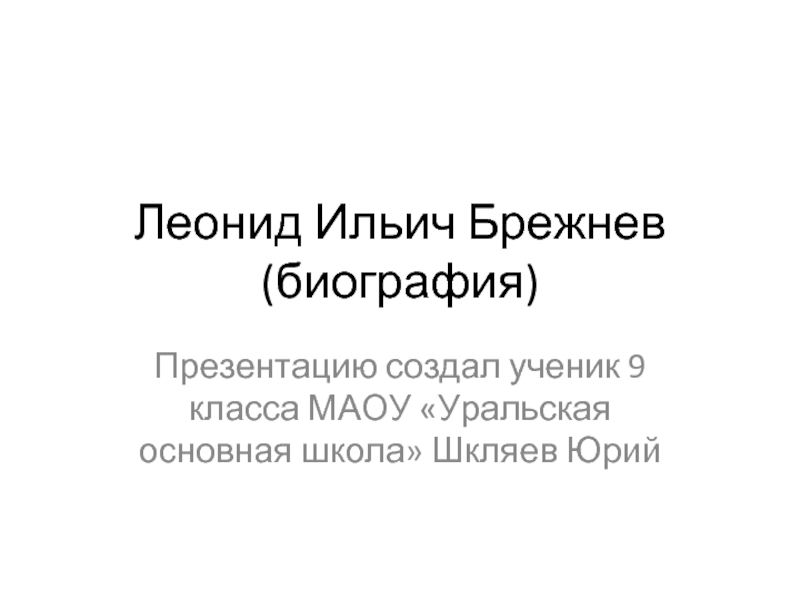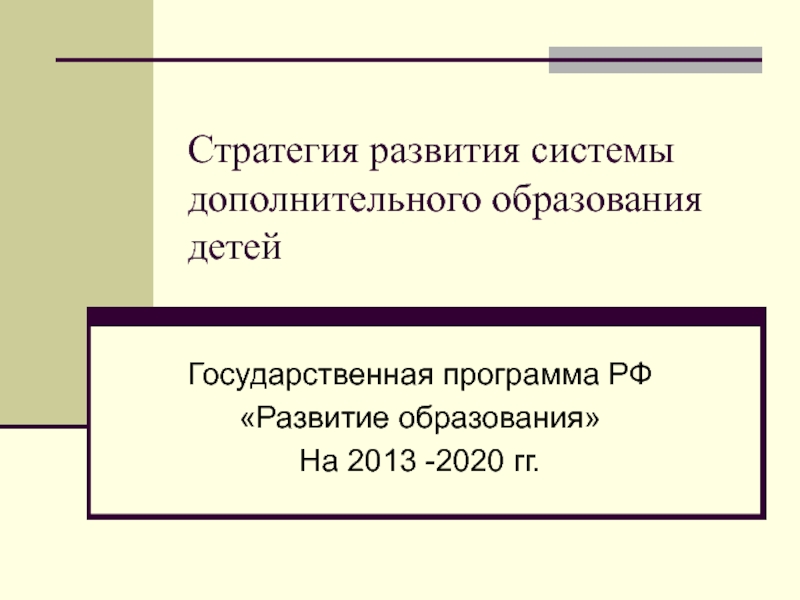- Главная
- Разное
- Дизайн
- Бизнес и предпринимательство
- Аналитика
- Образование
- Развлечения
- Красота и здоровье
- Финансы
- Государство
- Путешествия
- Спорт
- Недвижимость
- Армия
- Графика
- Культурология
- Еда и кулинария
- Лингвистика
- Английский язык
- Астрономия
- Алгебра
- Биология
- География
- Детские презентации
- Информатика
- История
- Литература
- Маркетинг
- Математика
- Медицина
- Менеджмент
- Музыка
- МХК
- Немецкий язык
- ОБЖ
- Обществознание
- Окружающий мир
- Педагогика
- Русский язык
- Технология
- Физика
- Философия
- Химия
- Шаблоны, картинки для презентаций
- Экология
- Экономика
- Юриспруденция
The Present and Future of Fixed Broadband презентация
Содержание
- 1. The Present and Future of Fixed Broadband
- 2. Just released: http://t.co/bUCnJDqtkf
- 3. SETTING THE CONTEXT
- 4. “The Internet” (The “Peacock Map” of Internet autonomous systems, circa 1999)
- 5. Personal Computers Phone Networks Information Goods
- 6. ≈1.5 billion PCs
- 7. The World, Circa Now
- 8. Post-PC Devices Converged Broadband Networks The Cloud The Next Internet
- 9. The PC is Dead
- 10. So is the PSTN! U.S. Residential switched
- 11. Not Just a U.S. Phenomenon >50%
- 12. Coming Next: Internet of Things
- 13. Cloud Platforms are the New Utilities
- 14. Infrastructure of the 21st Century
- 15. IMPLICATIONS FOR FIXED BROADBAND
- 16. 3 (Share of fixed connections still on
- 17. Why Go Beyond Broadband? Convergence Voice/video/data to
- 18. OK, But Why FIXED Broadband? Mobile still
- 19. From Here to Fibre Only truly
- 20. …And The Confusing All modern fixed broadband
- 21. Big Variation in Fibre Adoption OECD ranks
- 22. Big Variation in Fibre Adoption OECD ranks
- 23. Cable Changes the Data Somewhat OECD ranks by FTTP+Cable as % of Broadband Subscriptions
- 24. APPROACHES TO NEXT-GENERATION FIXED BROADBAND
- 25. Architectural Choices Fiber to the home vs.
- 26. Business/Regulatory Models Role of incumbents vs. new
- 27. Vectoring and G.Fast Potential game changers? “Fiber-like”
- 28. Israel Fibre Network An important global test
- 29. KEY POLICY ISSUES
- 30. What’s the Goal? End-user maximum download speed
- 31. What About Competition? Virtually no business case
- 32. Operators vs. Edge Providers
- 33. Already an Issue in the U.S.
- 34. Watch This Space Going Forward ETNO Proposal
- 35. Surveillance and Governance Governments go where the
- 36. CONCLUDING THOUGHTS
- 37. Ubiquity Capacity & Robustness Interconnection Innovation Data
- 38. These Questions Aren’t as New
- 39. “A new pronouncement by the regulatory agencies
- 40. תודה רבה! werbach@wharton.upenn.edu Twitter: @kwerb
Слайд 1THE PRESENT AND FUTURE
OF FIXED BROADBAND
Prof. Kevin Werbach
werbach@wharton.upenn.edu /
Twitter: @kwerb
Tel Aviv, June 2014
Tel Aviv, June 2014
Слайд 7
The World, Circa Now
> 1.6 billion
smartphones+tablets
7
billion mobile lines
Streaming > 50% of Net traffic
Streaming > 50% of Net traffic
Слайд 10So is the PSTN!
U.S. Residential switched access lines
194 million in 2000
101 million 2012
% of U.S. Households with POTS
93% in 2003, 25% in 2013, and…
Слайд 11Not Just a U.S. Phenomenon
>50% of OECD countries experienced a drop
in PSTN access lines from 2009-11.
In 8 OECD countries, already <20 PSTN access lines per 100 inhabitants.
– OECD Communications Outlook 2013
In 8 OECD countries, already <20 PSTN access lines per 100 inhabitants.
– OECD Communications Outlook 2013
Слайд 17Why Go Beyond Broadband?
Convergence
Voice/video/data to IP
Fixed/mobile/nomadic
Applications
Streaming media
Real-time communications
Telework/telepresence
Cloud computing and storage
Financial
services
Internet of Things
Smart homes
Internet of Things
Smart homes
Слайд 18OK, But Why FIXED Broadband?
Mobile still only 7% of traffic in
2017 (Cisco)
Fixed is complementary to mobile
Most “wireless” traffic quickly goes to fixed
WiFi offload estimated at 70% of smartphone data
Most recent data suggests per-device mobile data usage may be peaking
At least, until the wearable/IoT explosion!
Fixed is complementary to mobile
Most “wireless” traffic quickly goes to fixed
WiFi offload estimated at 70% of smartphone data
Most recent data suggests per-device mobile data usage may be peaking
At least, until the wearable/IoT explosion!
Has to plug in somewhere!
Слайд 19From Here to Fibre
Only truly future-proof
technology
The Good
GDP benefits of
ultrafast networks
Knock-on effects of “economics of abundance”
The Bad
Up-front capex costs very high
Heavily take-rate dependent
Municipal obstacles like ROW
Transit costs an issue in some areas
Business case uncertainties
Knock-on effects of “economics of abundance”
The Bad
Up-front capex costs very high
Heavily take-rate dependent
Municipal obstacles like ROW
Transit costs an issue in some areas
Business case uncertainties
Слайд 20…And The Confusing
All modern fixed broadband access systems incorporate some fiber
Key
is how far fiber is extended toward the end-user
Claimed speeds aren’t necessarily representative
Claimed speeds aren’t necessarily representative
Netflix USA Speed Index, January-May 2014
Слайд 21Big Variation in Fibre Adoption
OECD ranks by FTTP as % of
Broadband Subscriptions
OECD Average: 15.75% (June 2013)
Слайд 22Big Variation in Fibre Adoption
OECD ranks by FTTP as % of
Broadband Subscriptions
OECD Average: 15.75% (June 2013)
Слайд 25Architectural Choices
Fiber to the home vs. the node
Cost vs. capacity tradeoff
The
Australia example
May be multiple technologies deployed within countries
Esp. with municipal networks
Hierarchy by density (FTTH/VDSL2/VDSL/Wireless)
Path dependencies important
High DSL/cable adoption may actually slow fiber
May be multiple technologies deployed within countries
Esp. with municipal networks
Hierarchy by density (FTTH/VDSL2/VDSL/Wireless)
Path dependencies important
High DSL/cable adoption may actually slow fiber
Слайд 26Business/Regulatory Models
Role of incumbents vs. new entrants
Non-traditional entrants (Reggefiber, Google) important
in some countries
Scope of public funding or provision
Different models being used at the national, regional, and local level
Success stories (Stokab), failures (Provo, UT), and incompletes (Australia)
Requirements for open access or wholesale
Prevalent in most of the world except the U.S.
Wholesale model often chosen voluntarily
Scope of public funding or provision
Different models being used at the national, regional, and local level
Success stories (Stokab), failures (Provo, UT), and incompletes (Australia)
Requirements for open access or wholesale
Prevalent in most of the world except the U.S.
Wholesale model often chosen voluntarily
Слайд 27Vectoring and G.Fast
Potential game changers?
“Fiber-like” speeds at “DSL-like” costs
Challenges
May make unbundling
technical infeasible
Heavily dependent on loop lengths
Real-world performance and deployment pace lags
Still tops out well below fibre speeds
Heavily dependent on loop lengths
Real-world performance and deployment pace lags
Still tops out well below fibre speeds
Слайд 28Israel Fibre Network
An important global test case
Israel Electric Corporation (IEC) deploying
a 1 Gbps wholesale network nationwide
First announced in 2011
Partnership with a group led by Sweden’s Viaeuropa
Service scheduled to begin this month, offered by retail providers (10 so far)
Plans to cover two thirds of the country by 2020, and the remainder by 2033
Bezeq/Hot investing in FTTH in response
First announced in 2011
Partnership with a group led by Sweden’s Viaeuropa
Service scheduled to begin this month, offered by retail providers (10 so far)
Plans to cover two thirds of the country by 2020, and the remainder by 2033
Bezeq/Hot investing in FTTH in response
Слайд 30What’s the Goal?
End-user maximum download speed isn’t necessarily representative
Interconnection, transit, caching,
equipment matter
Full capacity not always available at consumer prices
Caps, tiers, usage-based prices also significant
Importance and meaning of ubiquity?
Technological neutrality may be impossible
Investment decisions today lock in particular configurations for many years.
Full capacity not always available at consumer prices
Caps, tiers, usage-based prices also significant
Importance and meaning of ubiquity?
Technological neutrality may be impossible
Investment decisions today lock in particular configurations for many years.
Слайд 31What About Competition?
Virtually no business case to overbuild fiber, except urban
MDUs
Natural monopoly?
Will the cost dynamics change any time soon?
Unbundling may be restricted
E.g. with vectoring
Potentially removes a major regulatory tool in much of the world
Choose between next-gen broadband and competition?
Natural monopoly?
Will the cost dynamics change any time soon?
Unbundling may be restricted
E.g. with vectoring
Potentially removes a major regulatory tool in much of the world
Choose between next-gen broadband and competition?
Слайд 34Watch This Space Going Forward
ETNO Proposal for “sender pays” rule
Complicated arrangements
CDNs,
multiple end user fees, etc.
Data caps, freezones, usage charges also significant.
At high level, interests are aligned
Preconceived idea of cost “causation” not realistic.
Voluntary deals raise neutrality concerns
Compulsion skews competition/investment w/no guarantee of more infrastructure
Data caps, freezones, usage charges also significant.
At high level, interests are aligned
Preconceived idea of cost “causation” not realistic.
Voluntary deals raise neutrality concerns
Compulsion skews competition/investment w/no guarantee of more infrastructure
Слайд 35Surveillance and Governance
Governments go where the information is
Information goes
where the
users are
An ongoing governance challenge
An ongoing governance challenge
Слайд 37Ubiquity
Capacity & Robustness
Interconnection
Innovation
Data Integrity &
Privacy
The Network Utility Agenda
Слайд 39“A new pronouncement by the regulatory agencies of a doctrine of
free interchange of signals across the boundaries of individual systems would
be of tremendous
technological benefit.”
-- Paul Baran, “Communication Policy Issues for the Coming Computer Utility”, May 1968
-- Paul Baran, “Communication Policy Issues for the Coming Computer Utility”, May 1968
